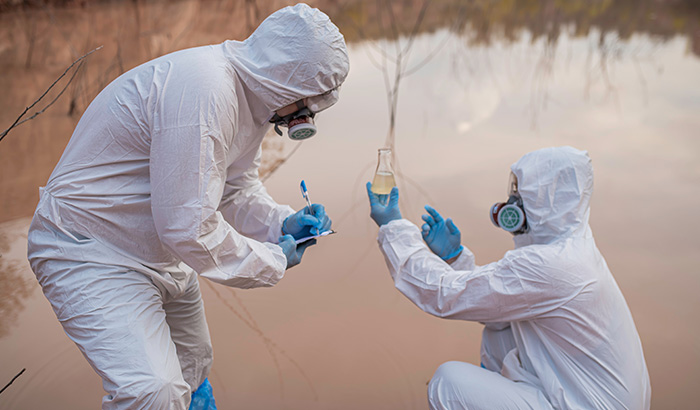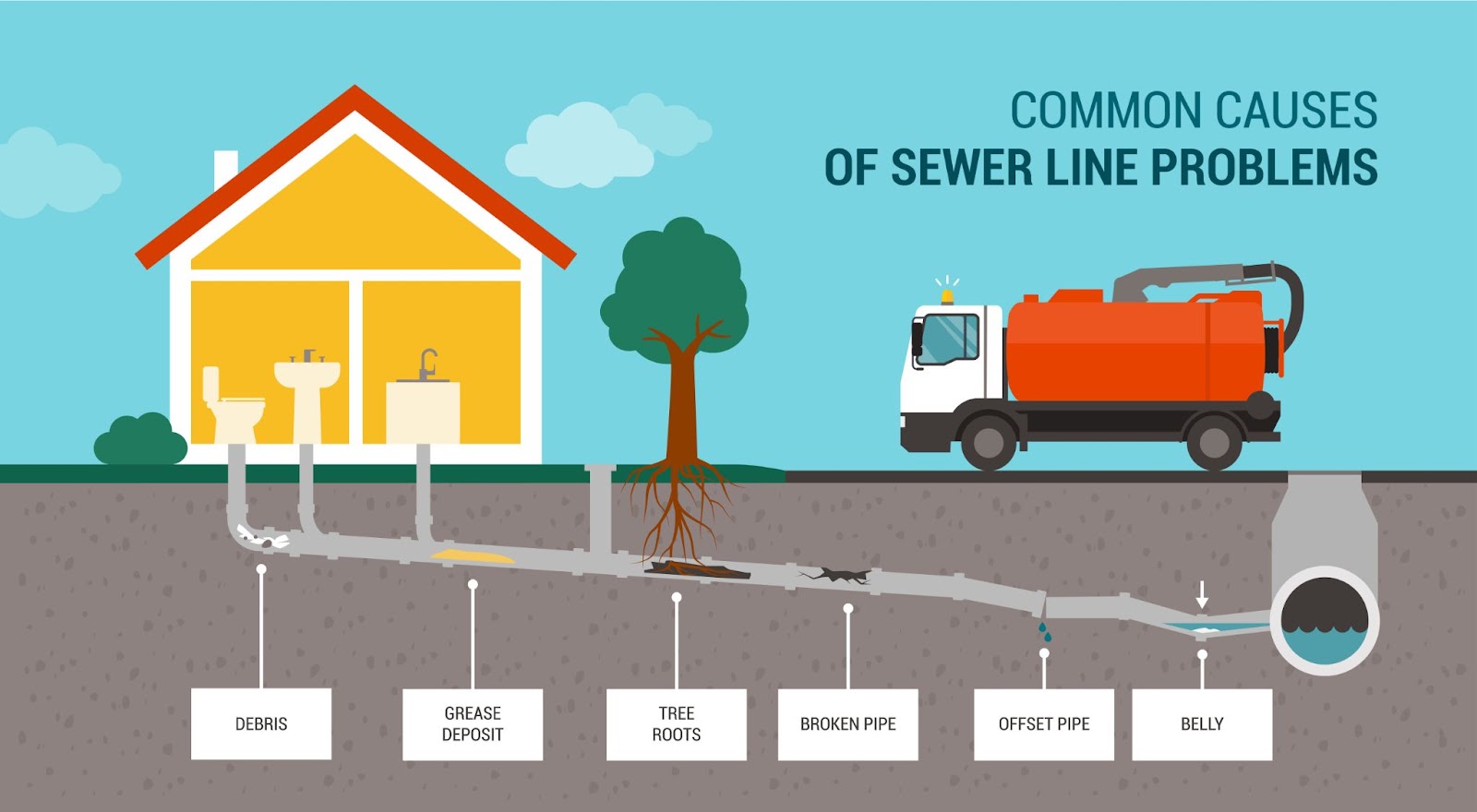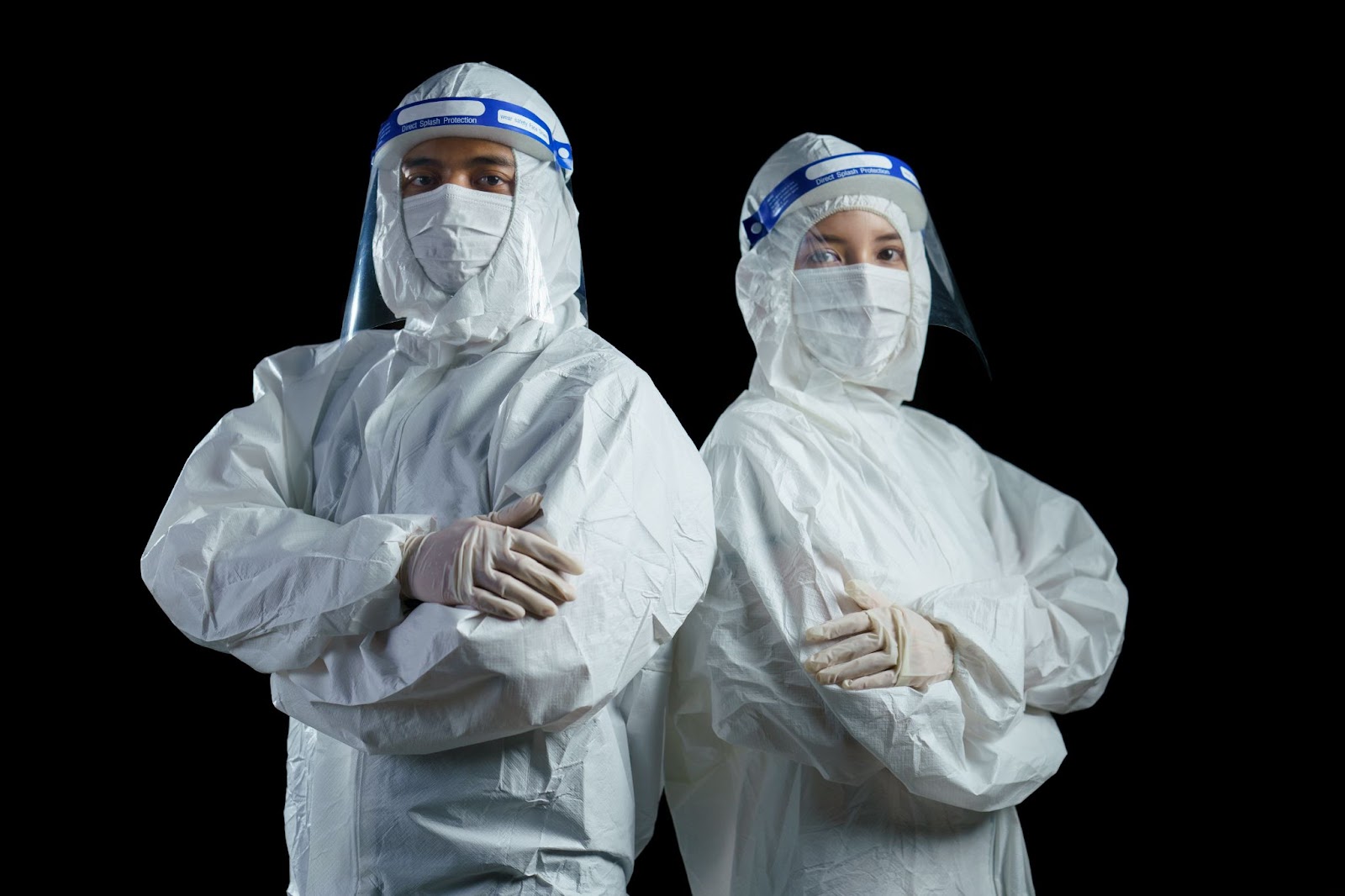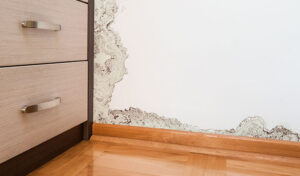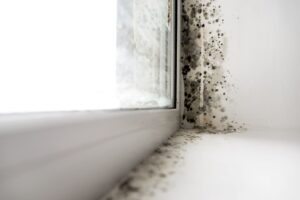Health regulations surrounding sewage cleanup are vital for the well-being of everyone involved. When sewage spills occur, whether due to a sewer line break, flooding, or other causes, it is essential to follow strict regulations and guidelines to ensure the affected area is properly and safely cleaned.
The presence of sewage in an area poses significant health risks, as it may contain a variety of harmful bacteria, viruses, and other pathogens. These contaminants lead to various illnesses, including gastrointestinal infections, skin rashes, respiratory issues, and other serious health problems, making it imperative to adhere to health regulations to avoid these risks.
In addition to protecting human health, health regulations surrounding sewage cleanup also play a key role in safeguarding the environment. Sewage contains various pollutants that can harm water quality, wildlife, and ecosystems. By following regulations for proper sewage cleanup, the risk of contaminating natural water sources and causing harm to the environment is minimized.
Adhering to health regulations ensures that sewage cleanup is conducted thoroughly and effectively, reducing the likelihood of lingering odors, mold growth, and other potential issues arising from incomplete or inadequate cleanup efforts. Proper disposal of sewage-contaminated materials and the use of appropriate cleaning and disinfection methods are essential components of compliance with health regulations.
It is imperative that those involved in sewage cleanup, whether it be homeowners, businesses, or professional cleanup crews, are familiar with and adhere to the relevant health regulations to ensure a safe and effective cleanup process.
Health regulations and guidelines
Health regulations governing sewage cleanup are established to ensure the safety of individuals involved in the cleanup process and to mitigate the risk of exposure to harmful pathogens.
These regulations are typically set by local, state, and federal health authorities. They may include standards set forth by organizations like the Environmental Protection Agency (EPA) or the Occupational Safety and Health Administration (OSHA).
These guidelines often cover aspects such as proper personal protective equipment (PPE) to wear during cleanup, methods for containing and removing sewage safely, disinfection procedures for affected areas, and protocols for disposing of contaminated materials.
Adhering to these guidelines is essential to ensure that sewage cleanup is conducted effectively and safely, minimizing health risks for individuals involved in the cleanup process and preventing the spread of contamination to the surrounding environment.
Personal protective equipment (PPE)
When engaging in sewage cleanup, using proper personal protective equipment (PPE) is paramount to safeguarding your health and well-being. Wearing appropriate PPE is a vital barrier against exposure to these hazardous substances.
The recommended PPE for sewage cleanup typically includes:
- Waterproof gloves: These protect your hands from direct contact with sewage and prevent skin exposure to harmful pathogens.
- Rubber boots: Waterproof boots with nonslip soles are essential to keep your feet dry and protected while working in contaminated areas.
- Disposable coveralls or protective clothing: Covering your body with impermeable clothing helps prevent sewage from contacting your skin and clothing.
- Safety goggles or face shields: These protect your eyes from splashes or airborne contaminants during cleanup activities.
- Respiratory protection: Depending on the extent of contamination and the presence of foul odors, wearing a respirator or face mask may be necessary to filter out airborne particles and unpleasant odors, ensuring safe breathing conditions.
By wearing the appropriate PPE, you minimize your risk of exposure to sewage-related hazards and ensure a safer cleanup process for yourself and others involved.
Remember to inspect your PPE before each use, discard disposable items after cleanup, and thoroughly disinfect reusable equipment to prevent cross-contamination and maintain safety standards.
Steps for safe sewage cleanup
When it comes to safe sewage cleanup, following a systematic approach will minimize health risks and ensure thorough decontamination. Here’s a detailed breakdown of the steps to follow:
Assess the situation
Before beginning cleanup efforts, evaluate the extent of the sewage spill and identify any potential hazards. Ensure the area is well-ventilated, and turn off electrical power if it’s safe to do so.
Don personal protective equipment (PPE)
As mentioned earlier, wearing the appropriate PPE is crucial for protecting yourself from exposure to sewage contaminants. Use waterproof gloves, rubber boots, coveralls, safety goggles or a face shield, and respiratory protection, if necessary.
Contain the spill
Use absorbent materials such as towels, rags, or disposable absorbent pads to contain and soak up the sewage. Place these materials around the perimeter of the affected area to prevent further spread.
Remove standing water
Use a wet vacuum, pump, or bucket to remove standing water from the affected area. Dispose of contaminated water properly and avoid draining it into storm drains or natural water bodies.
Clean and disinfect surfaces
Thoroughly clean all surfaces and objects that came into contact with sewage using a detergent solution and hot water. Follow up with a disinfectant to kill any remaining pathogens. Pay special attention to high-touch surfaces like doorknobs, countertops, and bathroom fixtures.
Dry out the area
Properly dry out the affected area to prevent mold growth and further contamination. Use fans, dehumidifiers, and open windows to promote airflow and expedite drying.
Dispose of contaminated materials
Dispose of any absorbent materials or cleaning supplies used in sealed plastic bags during cleanup. Label them as “biohazardous waste” and dispose of them according to local regulations.
Minimize health risks even more by following these additional tips:
- Avoid direct contact with sewage and contaminated surfaces whenever possible.
- Wash your hands thoroughly with soap and water after handling sewage or contaminated materials.
- Avoid touching your face, mouth, or eyes during cleanup to prevent the ingestion of harmful pathogens.
- Seek medical attention if you experience any symptoms of illness, such as nausea, vomiting, diarrhea, or skin irritation, after exposure to sewage.
By following these steps and taking necessary precautions, you will safely and effectively clean up sewage spills while minimizing health risks for yourself and others involved in the cleanup process.
Professional sewage cleanup services
When faced with a sewage cleanup task, enlisting the help of professional cleanup services offers numerous benefits. Professional cleaners have the expertise and experience to safely and effectively handle sewage spills. To ensure thorough decontamination, they are trained in proper cleanup techniques, including specialized equipment and disinfection procedures.
Hiring professionals saves you time and effort, as they have the resources and manpower to tackle even the most challenging cleanup jobs swiftly. This lets you focus on other important matters while leaving the cleanup process in capable hands.
Additionally, professional cleanup services help mitigate health risks associated with sewage exposure. They understand the importance of using proper personal protective equipment and follow industry-standard safety protocols to protect themselves and others from harmful pathogens.
When you hire a professional cleanup company for sewage remediation, expect a comprehensive and structured approach to the cleanup process.
The team will first thoroughly assess the affected area to determine the extent of the contamination and identify any potential hazards. They will then develop a customized cleanup plan tailored to your specific situation, taking into account factors such as the type of sewage, the size of the affected area, and any structural damage present.
During cleanup, professionals will use advanced equipment and techniques to remove sewage, disinfect surfaces, and restore the affected area to a safe and sanitary condition. They will also dispose of contaminated materials properly, following all relevant health and environmental regulations.
Throughout the cleanup process, professional cleanup companies prioritize open communication and transparency, keeping you informed about the progress of the cleanup and addressing any concerns or questions you may have.
Total Flood & Fire Restoration
Hiring professional sewage cleanup services like Total Flood and Fire Restoration ensures thorough and efficient cleanup. Knowing that your property is being restored by experienced professionals who prioritize safety and quality provides peace of mind.
If you or someone you know is in need of sewage cleanup and restoration services, call 385-483-2109 or contact Total Flood and Fire Restoration.

